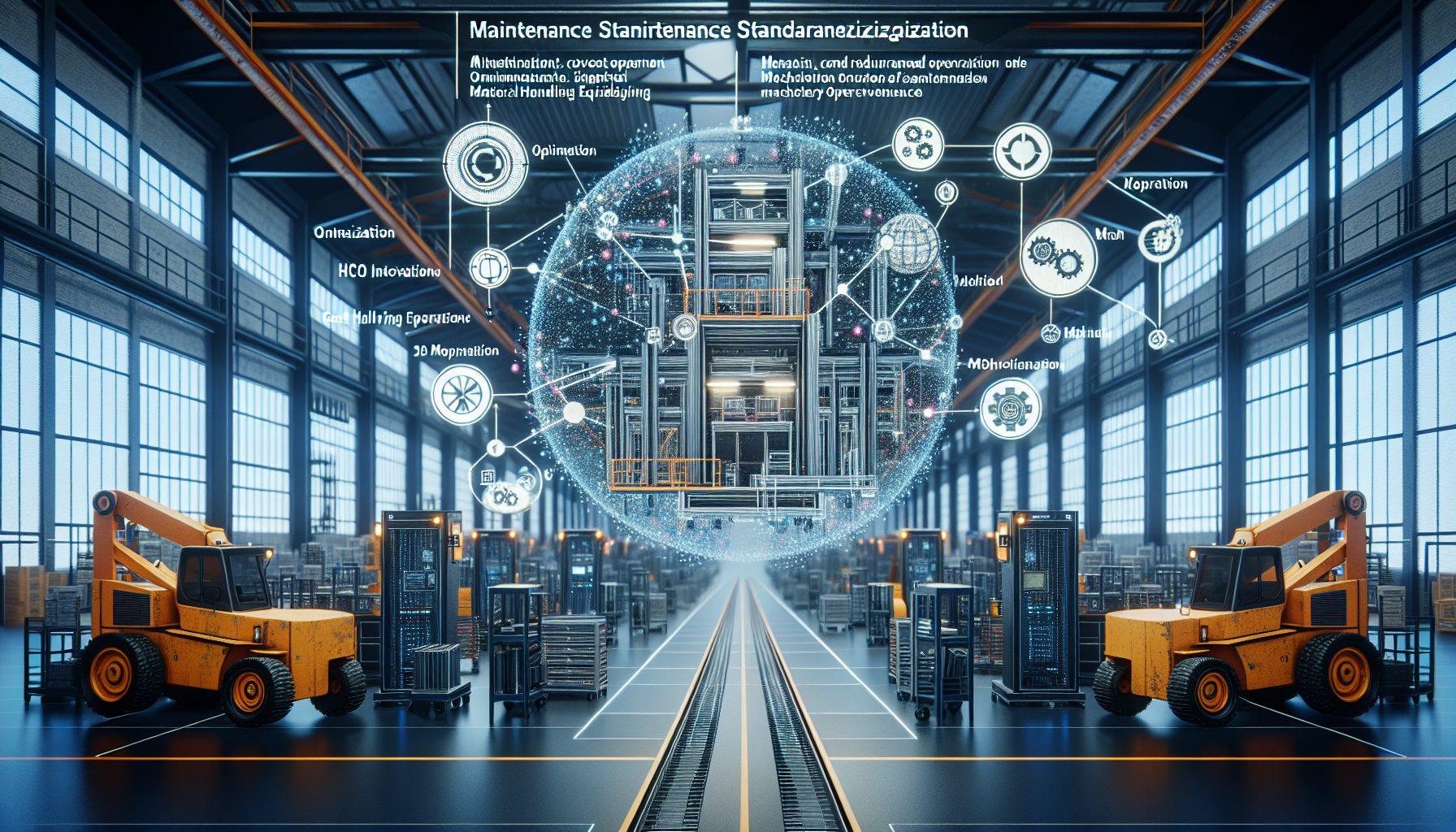When it comes to managing a warehouse, one of the key aspects to consider is the maintenance of material handling equipment (MHE). From forklifts to conveyors, MHE plays a crucial role in ensuring smooth warehouse operations. However, without proper maintenance, these equipment can become a bottleneck, leading to downtime, decreased productivity, and increased costs. This is where maintenance standardization for MHE comes into play.
The Importance of Maintenance Standardization
Maintenance standardization refers to the process of implementing consistent maintenance practices across all MHE within a warehouse facility. It involves developing standardized procedures, schedules, and checklists to ensure that maintenance tasks are performed regularly and consistently. Here are some of the benefits that come with maintenance standardization:
- Enhanced Safety: Implementing standardized maintenance practices helps identify and address potential safety hazards before they cause accidents or injuries. Regular inspections, lubrication, and repairs can prevent equipment breakdowns that often lead to accidents.
- Improved Equipment Performance: Regular maintenance ensures that MHE operates at its optimal level. Lubrication, calibration, and adjustments can help prevent equipment wear and tear and maintain its efficiency. This leads to improved performance and increased lifespan of the equipment.
- Decreased Downtime: With scheduled maintenance and inspections, potential issues can be identified early on and addressed promptly. By addressing problems proactively, equipment breakdowns can be minimized, reducing the downtime required for repairs. This, in turn, increases productivity and minimizes disruptions in the workflow.
- Cost Savings: Implementing maintenance standardization can help reduce overall maintenance costs. By regularly inspecting and maintaining equipment, minor issues can be identified and addressed before they escalate into major problems. This prevents costly repairs or the need for premature equipment replacement due to neglect or improper maintenance.
Maintenance standardization is not a one-time effort but an ongoing process. It requires creating a culture of proactive maintenance and providing necessary training to employees responsible for equipment maintenance. It also involves documenting and sharing best practices to ensure consistency across all maintenance tasks.
However, implementing maintenance standardization can be a complex process, especially for warehouses with a large number of MHE and diverse operations. This is where HCO Innovations can play a crucial role. HCO Innovations, a prominent provider of warehouse optimization solutions, specializes in enhancing safety, productivity, efficiency, and cost-effectiveness within warehouse operations.
HCO Innovations offers a comprehensive approach to maintenance standardization for MHE. Their expertise lies in analyzing a warehouse’s current maintenance practices, identifying gaps, and implementing standardized processes tailored to the specific needs of the facility. By leveraging their in-depth knowledge of material handling equipment, HCO Innovations can help warehouses optimize their maintenance schedules, streamline workflows, and improve overall equipment performance.
With HCO Innovations’ solutions, warehouses can benefit from:
- Customized maintenance standardization plans
- Regular equipment inspections and preventive maintenance
- Streamlined maintenance workflows
- Training programs for maintenance personnel
- Documentation of maintenance practices and procedures
HCO Innovations’ material handling equipment management solutions are designed to minimize downtime, maximize productivity, and reduce maintenance costs. By partnering with HCO Innovations, warehouses can ensure that their MHE is always in peak condition, allowing for smooth and efficient warehouse operations.
For more information on how HCO Innovations can help with maintenance standardization for MHE, click here.

